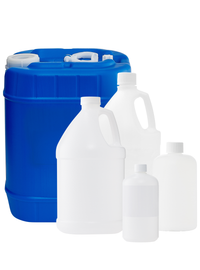Tannic Acid
Powder And Solutions, NF/USP Grade, Reagent Grade And Lab Grade
About Tannic Acid
Tannic Acid, also known as Glycerite, Gallotannin, and Gallotannic Acid has the chemical formula C76H52O46. It appears as a light yellow to pale yellowish-brown solid that darkens on exposure to air and light. It has a faint, characteristic odor with an astringent taste. It is freely soluble in Hot Water, Alcohol and Acetone, and insoluble in Ether. Tannic Acid is a specific form of tannin, a type of polyphenol. Its weak acidity is due to the numerous phenol groups in the structure.

Tannic Acid was historically used for the treatment of diarrhea, topically to dress skin burns and rectally for treatment of unspecified rectal disorders. Tannins contain anti-inflammatory properties that can help minimize skin redness and inflammation.Tannic Acid is used for feet, for preventing blisters, to protect skin from inflammation and for treating severe burns.
Tannic Acid is also used in woodworking, for ebonizing wood and for rust conversion.
Common Uses and Applications
- Reagent
- Coagulant
- Anti-inflammatory medicines
- Corrosion inhibitor







